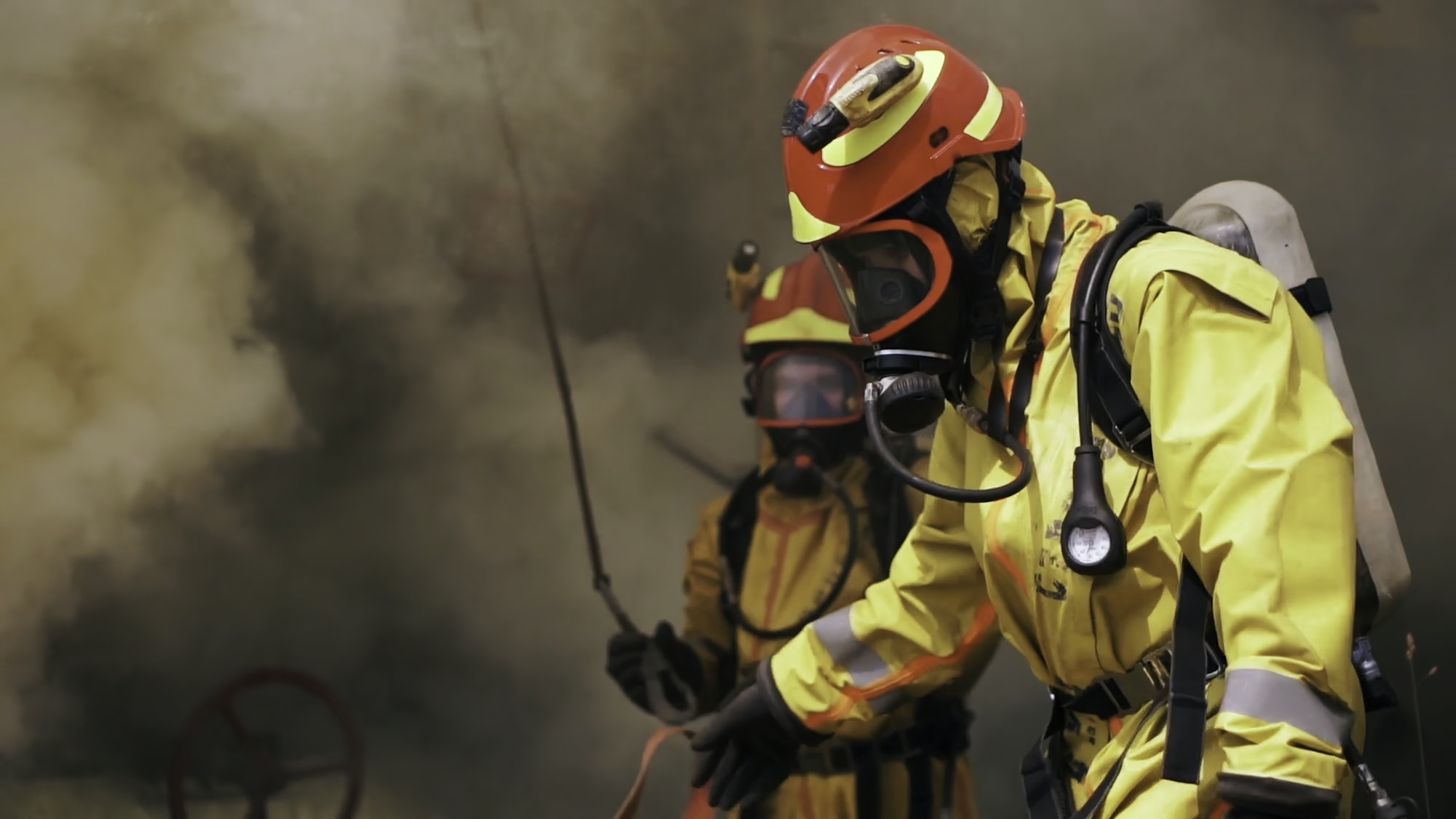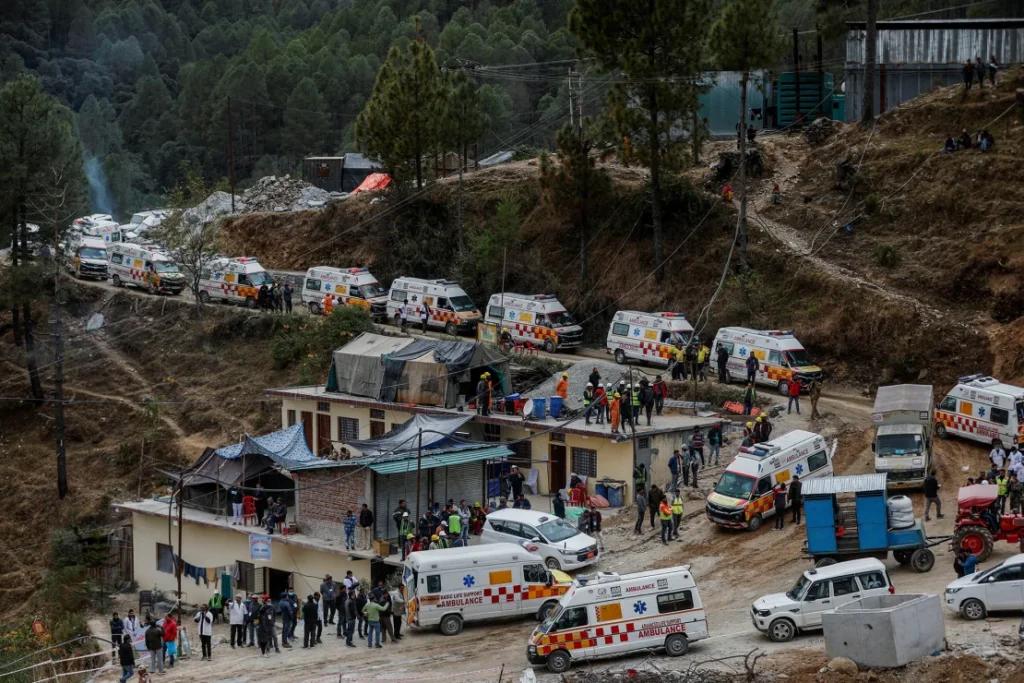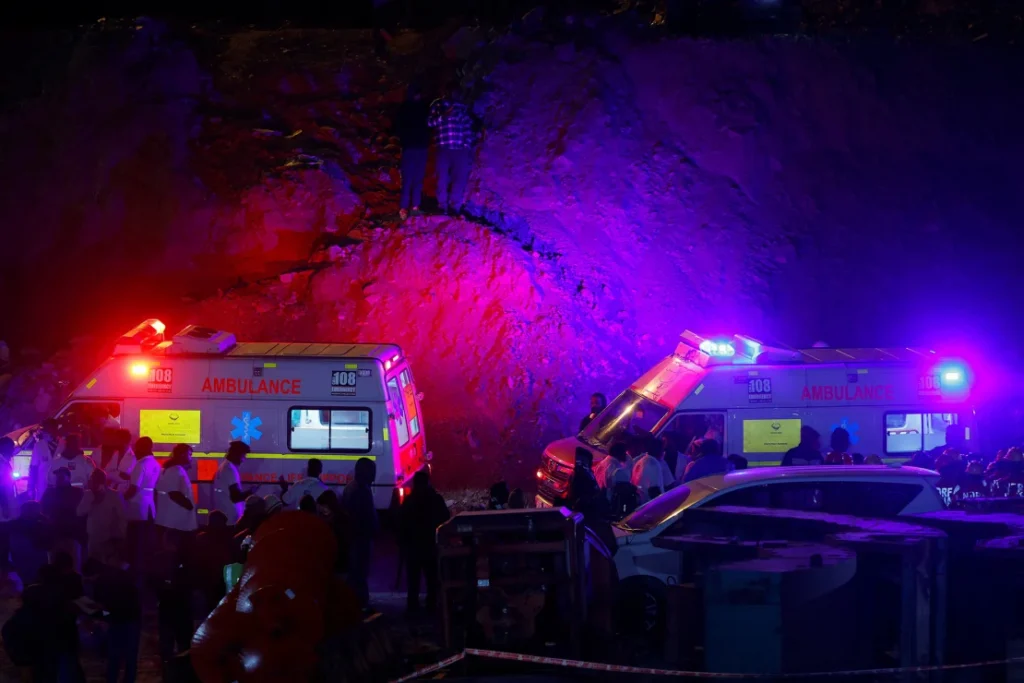Address
33-17, Q Sentral.
2A, Jalan Stesen Sentral 2, Kuala Lumpur Sentral,
50470 Federal Territory of Kuala Lumpur
Contact
+603-2701-3606
[email protected]
Address
33-17, Q Sentral.
2A, Jalan Stesen Sentral 2, Kuala Lumpur Sentral,
50470 Federal Territory of Kuala Lumpur
Contact
+603-2701-3606
[email protected]

Let’s dive into the incredible story of how 41 workers were rescued from a collapsed tunnel in the Himalayas, in Uttarakhand, India. This is not just a tale of survival, but also about the challenges faced, the teamwork that went into the rescue, and what this means for India’s infrastructure and the safety of its workers.

One day in November, a huge disaster struck in the Himalayas. A tunnel, part of the big Char Dham Highway project, suddenly collapsed, trapping 41 workers under a lot of debris. This started a desperate and massive effort to save them. Everyone was watching as the rescue team worked against the clock to save these workers from the dangerous, collapsed tunnel.
The rescue was really tough. They had to deal with machines breaking down and lots of technical problems. Time was super important, and the rescue team had to keep going no matter what. The workers, stuck for 17 long days, had to deal with fear and uncertainty in a dark, cramped space.
As days passed, people were really worried about the health of the trapped workers. But amazingly, all 41 workers were found alive and okay, which was incredible given the risky conditions they were in. This showed how strong and resilient people can be.

Prime Minister Narendra Modi got involved and brought a lot of attention to the situation. His words helped boost the spirits of the rescue team and reassured everyone in the country. He praised the bravery of the workers and the determination of the rescuers, showing how important good leadership is in times of crisis.
The Chief Minister of Uttarakhand, Pushkar Singh Dhami, was also really important in the rescue. He was there at the site and helped organize relief for the workers, showing how much the state cares about its people.
The technical side of the rescue was really complicated. They used advanced drilling machines and a lot of manual work, which shows how tough tunnel rescues can be. The machines often broke down, which highlighted the need for better emergency plans in big projects like this.
The rescue team used some really smart methods. They drilled through unstable mountain areas and put in pipes to keep the trapped workers alive. Every step they took was crucial in saving lives. These methods could be used in future rescues in similar situations.
This incident also brought attention to migrant workers, who are really important in building India’s infrastructure. It showed the dangerous conditions they often work in and started conversations about making their jobs safer and improving their lives.

The exact cause of the tunnel collapse is still under investigation. However, such incidents can be due to a variety of factors including geological issues, construction errors, or natural disasters like earthquakes.
The workers were trapped for a harrowing 17 days before they were successfully rescued.
The rescue operation faced several challenges, including:
The rescue team used a combination of advanced drilling equipment and manual efforts. They drilled through the unstable terrain and inserted pipelines to provide life-sustaining supplies to the workers until they could be safely extracted.
Prime Minister Narendra Modi and Uttarakhand’s Chief Minister Pushkar Singh Dhami played significant roles. Their involvement brought national attention, resources, and moral support to the rescue efforts.
Miraculously, all 41 workers were rescued alive and in stable condition, which is a testament to the effectiveness of the rescue operation and the resilience of the workers.
The incident has sparked discussions and is likely to lead to a review of safety protocols and emergency response strategies in infrastructure projects, especially in challenging environments like the Himalayas.
The incident highlights the often hazardous conditions faced by migrant workers in India’s infrastructure sector. It has brought to the forefront the need for better safety measures and support for these essential workers.
The operation showcased innovative techniques in tunnel rescue, particularly in drilling and maintaining life support in unstable conditions. These techniques could be refined and used in future rescue operations.
The public reaction has been one of relief and admiration for the bravery and perseverance of the rescue teams and the resilience of the trapped workers. It has also raised awareness about the risks associated with large-scale infrastructure projects.
Sources CNN